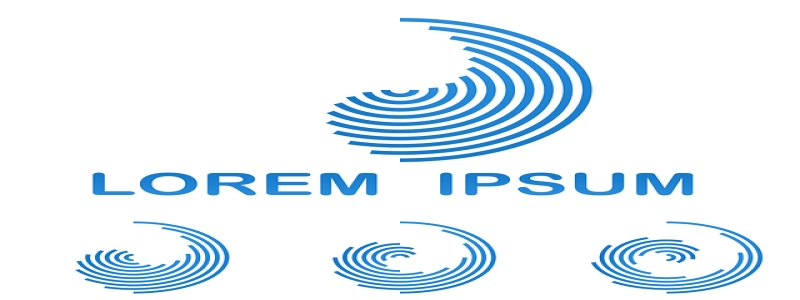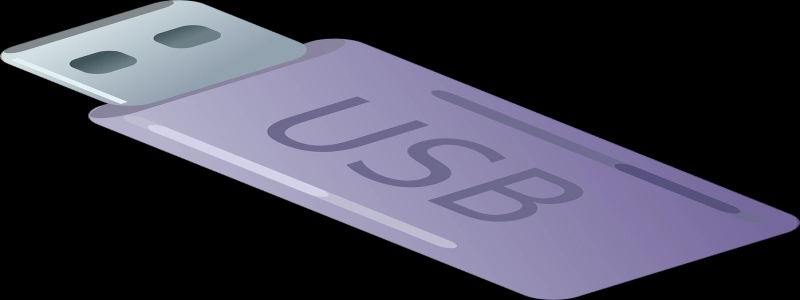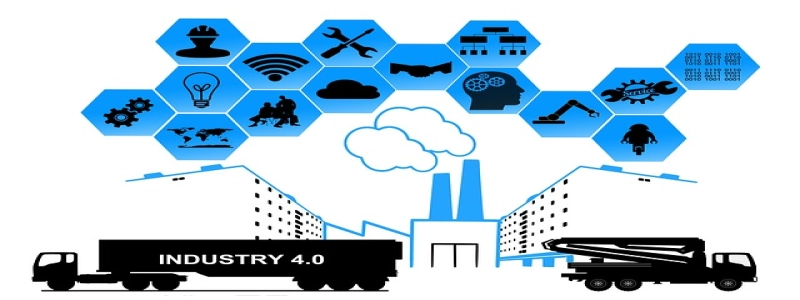What is a Diode Laser?
I. Introduction
A. Definition of a diode laser
B. Importance and applications
II. How does a diode laser work?
A. Overview of laser principles
B. Construction and components of a diode laser
C. Process of light emission
III. Advantages of diode lasers
A. Compact size and portability
B. Efficiency and cost-effectiveness
C. Wavelength versatility
IV. Applications of diode lasers
A. Laser hair removal
B. Medical and dental procedures
C. Industrial and scientific use
D. Communication and data storage
V. Conclusion
A. Recap of the diode laser’s definition and working
B. Prominence and potential growth in various fields
I. Introduction
A. Definition of a diode laser
A diode laser is a type of laser that utilizes a semiconductor diode as its active medium. It facilitates the conversion of electrical energy directly into light output in a process known as stimulated emission.
B. Importance and applications
Diode lasers have gained significant importance in various fields due to their unique properties. They find applications in industries, medical procedures, scientific research, communication, and more.
II. How does a diode laser work?
A. Overview of laser principles
A laser operates on the principle of stimulated emission, where light is emitted when excited atoms release photons due to an external energy source. This emission is amplified by the process of optical feedback through a medium.
B. Construction and components of a diode laser
The diode laser consists of a p-n junction semiconductor diode as its essential component. It also includes a cavity, reflectors, and a power source (usually a battery or power supply).
C. Process of light emission
When a forward bias voltage is applied to the diode laser, electrons and holes move across the junction. As electrons recombine with holes, light is emitted as photons. These photons reflect back and forth within the cavity, resulting in coherent and intense laser light emission.
III. Advantages of diode lasers
A. Compact size and portability
Diode lasers are compact and lightweight compared to other laser types. This makes them highly portable and easy to use in various applications.
B. Efficiency and cost-effectiveness
Diode lasers have high electrical-to-optical conversion efficiency, making them energy-efficient. Their low manufacturing costs contribute to their cost-effectiveness.
C. Wavelength versatility
Diode lasers offer a wide range of wavelengths. By selecting appropriate materials for the diode structure, the emitted light’s wavelength can be tailored to match specific application requirements.
IV. Applications of diode lasers
A. Laser hair removal
Diode lasers are commonly used for hair removal in dermatology and beauty industries. Their high absorption by melanin ensures efficient destruction of hair follicles while minimizing damage to surrounding tissues.
B. Medical and dental procedures
Diode lasers find applications in various medical and dental procedures, such as soft tissue surgeries, periodontal treatment, endodontics, and gingivectomies.
C. Industrial and scientific use
Diode lasers are utilized in industrial applications such as cutting, welding, and marking. They are also employed in scientific research, including spectroscopy, optical communication, and laser cooling.
D. Communication and data storage
Diode lasers serve a crucial role in optical communication systems and data storage technologies. They enable high-speed data transmission and recording through their ability to emit and detect light efficiently.
V. Conclusion
A. Recap of the diode laser’s definition and working
A diode laser is a semiconductor-based laser that converts electrical energy into light through stimulated emission. Light is emitted when electrons recombine with holes across the junction, resulting in coherent and intense laser light.
B. Prominence and potential growth in various fields
Diode lasers have become indispensable in numerous fields, including healthcare, industries, research, and communication. Their compact size, efficiency, and adaptability have paved the way for further advancements and applications.








